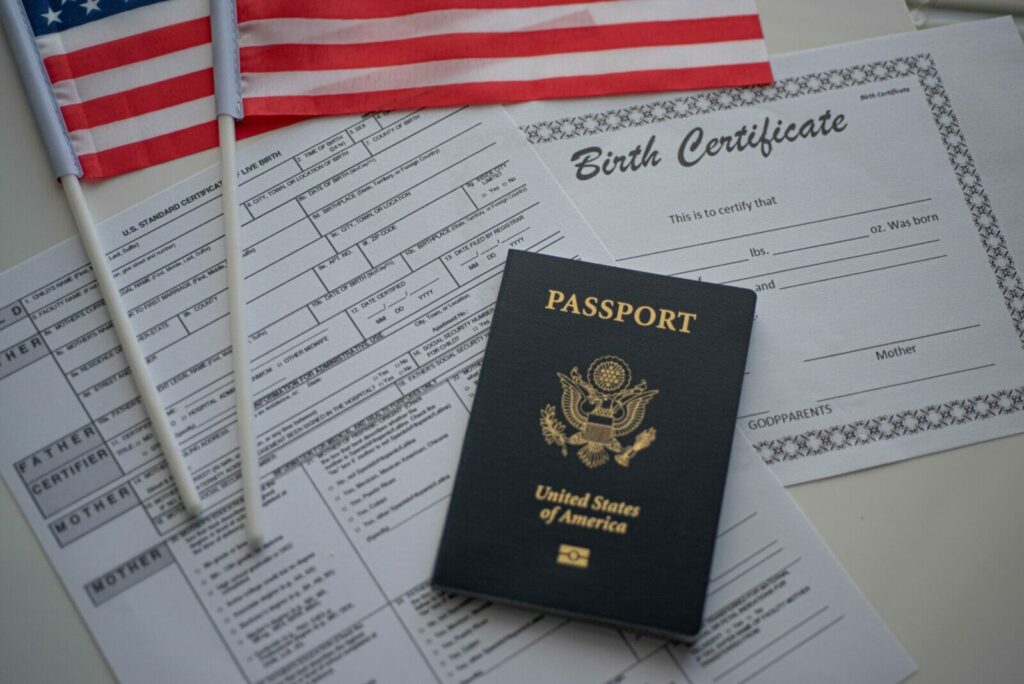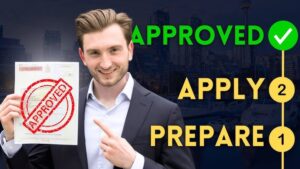Navigating the US Visa Application Process

Obtaining a visa to the United States can be a complex and detailed process, whether you’re planning to visit for tourism, work, study, or to join family. Understanding the various steps and requirements is essential to ensure a smooth application experience. American Visa APPLICATION Process This article outlines the American visa application process in five key sections: Overview of US Visas, Types of US Visas, Step-by-Step Application Process, Required Documentation, and Tips for a Successful Application.
Overview of US Visas
The United States offers a variety of visas tailored to different purposes of travel. These visas are broadly categorized into non-immigrant visas for temporary stays and immigrant visas for those intending to live permanently in the US. Non-immigrant visas include tourist visas (B-2), business visas (B-1), student visas (F-1), and work visas (H-1B), among others. Immigrant visas lead to permanent residency (Green Card) and are typically based on family relationships, employment opportunities, or the Diversity Visa Lottery.
Understanding the distinction between these visa types is crucial as it determines the eligibility criteria, application procedures, and the rights and limitations once in the US. Each visa category has specific requirements and processes, making it important to select the correct visa type based on your travel intentions.
Types of US Visas
Selecting the right type of visa is the first step in the application process. Here are some of the most common US visa categories: B-1/B-2 Visa (Visitor Visa): The B-1 visa is for business-related travel, such as attending meetings or conferences, while the B-2 visa is for tourism, visiting family, or medical treatment. Often combined into a B-1/B-2 visa, it allows for stays up to six months. F-1 Visa (Student Visa): For individuals seeking to enroll in academic programs at US institutions. Applicants must be accepted by a SEVP-approved school and demonstrate sufficient financial resources. H-1B Visa (Specialty Occupations): For professionals in specialized fields such as IT, engineering, or medicine. Requires sponsorship from a US employer and is subject to an annual cap.
J-1 Visa (Exchange Visitor Visa): For participants in approved exchange programs, including scholars, researchers, and interns. Aimed at promoting cultural exchange. L-1 Visa (Intra-Company Transfer Visa): For employees transferring from a foreign office to a US branch of the same company. Suitable for managers, executives, or employees with specialized knowledge.
Immigrant Visas (Green Cards): For those intending to live permanently in the US. Categories include family-sponsored, employment-based, and diversity visas.
Each visa type has unique eligibility requirements and application procedures, so it is essential to choose the one that best fits your purpose of travel.
Step-by-Step Application Process
The American visa application process involves several key steps, which can vary slightly depending on the visa category. Here’s a general outline for non-immigrant visas:Determine the Appropriate Visa Type: Identify the visa category that matches your purpose of travel. Complete the Online DS-160 Form: The DS-160 is the standard non-immigrant visa application form. It must be filled out accurately and submitted online. After submission, print the confirmation page for your records and interview.
Pay the Visa Application Fee: Fees vary by visa type and country. Payment methods and amounts are specified on the US Department of State website. Schedule a Visa Interview: Most applicants between 14 and 79 years old are required to attend an interview at the nearest US Embassy or Consulate. Wait times for interviews can vary, so it’s advisable to schedule early. Prepare Required Documentation: Gather all necessary documents, including your passport, DS-160 confirmation, fee receipt, photo, and any supporting documents relevant to your visa type. Attend the Visa Interview: During the interview, a consular officer will assess your application, ask questions about your travel plans, and review your documentation. Honesty and clarity are crucial. American Visa Online Requirements Wait for Visa Processing: After the interview, your application may undergo additional administrative processing. Processing times vary, so plan accordingly. Receive Your Visa: If approved, your passport with the visa stamp will be returned to you as per the embassy’s procedures. For immigrant visas, the process includes additional steps such as petition approval, medical examinations, and more extensive documentation.
Required Documentation
Proper documentation is vital for a successful visa application. The specific documents needed can vary based on the visa type, but generally include: Valid Passport: Must be valid for at least six months beyond your intended stay in the US. DS-160 Confirmation Page: Proof that you have completed the online application. Visa Application Fee Receipt: Evidence of payment for the visa fee. Photograph: A recent passport-sized photo that meets US visa photo requirements. Supporting Documents: Depending on the visa type, this may include:
- Invitation Letters: From US businesses or institutions for B-1/B-2 or F-1 visas.
- Employment Letters: For work visas like H-1B or L-1.
- Financial Evidence: Proof of sufficient funds to cover your stay.
- Academic Transcripts and Acceptance Letters: For student visas.
- Proof of Ties to Home Country: To demonstrate intent to return after your visit.
Ensuring that all documents are complete, accurate, and organized will facilitate a smoother interview and processing experience.
Tips for a Successful Application
Navigating the US visa application process can be daunting, but following these tips can enhance your chances of success: Start Early: Visa applications can take time, especially with interview scheduling and processing delays. Begin the process well in advance of your planned travel date. Be Honest and Consistent: Provide truthful and consistent information throughout your application and interview. Inconsistencies can lead to visa denials. Prepare for the Interview: Anticipate potential questions and practice your responses. Clear, concise answers that align with your application can make a positive impression. Organize Your Documents: Have all required documents readily accessible and ensure they meet the US visa requirements. Missing or incorrect documents can delay or jeopardize your application. Demonstrate Strong Ties to Your Home Country: Show evidence of compelling reasons to return home, such as employment, family, property, or ongoing studies. This helps alleviate concerns about overstaying your visa. Understand the Visa Terms: Familiarize yourself with the rights and limitations of your visa type to ensure compliance with US immigration laws. Seek Professional Assistance if Needed: If your case is complex, consider consulting with an immigration attorney or a reputable visa service to guide you through the process.
By meticulously preparing and understanding each step of the American visa application process, applicants can navigate the system more effectively and increase their likelihood of obtaining the desired visa.






